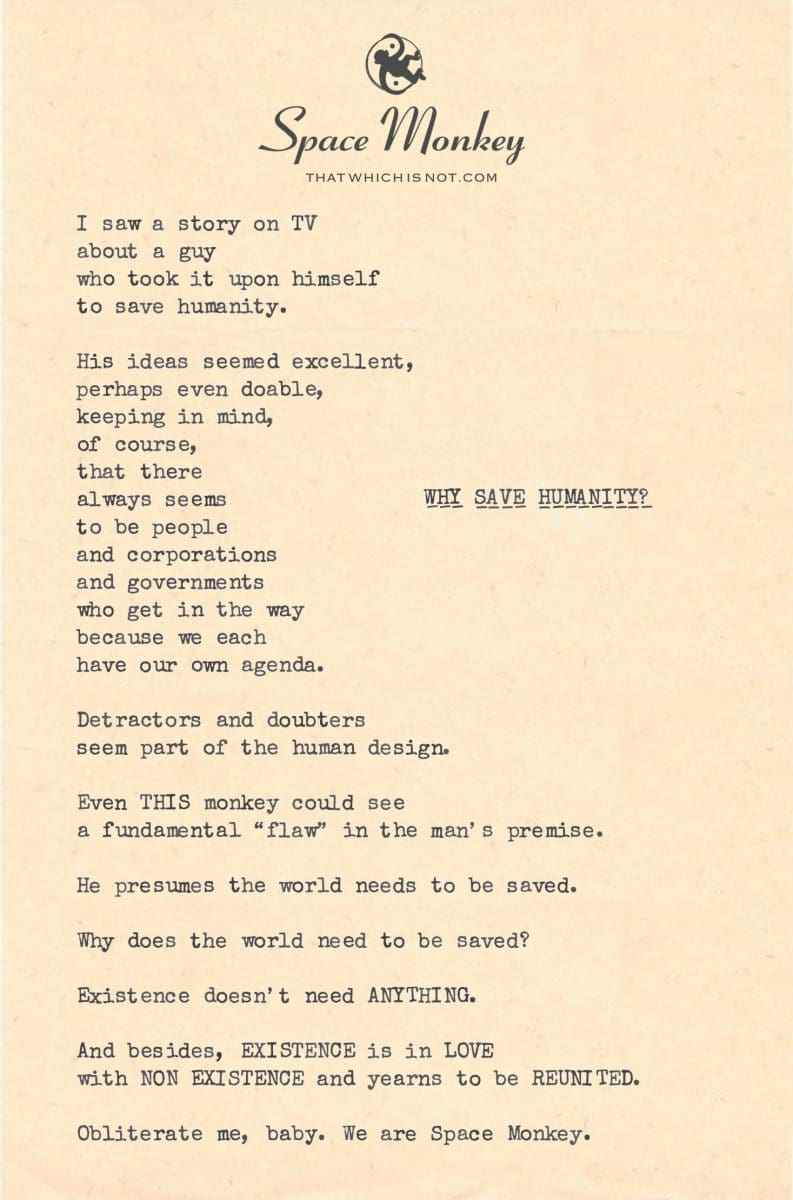
I saw a story on TV
about a guy
who took it upon himself
to save humanity.
His ideas seemed excellent,
perhaps even doable,
keeping in mind,
of course,
that there
always seems
to be people
and corporations
and governments
who get in the way
because we each
have our own agenda.
Detractors and doubters
seem part of the human design.
Even THIS monkey could see
a fundamental “flaw” in the man’s premise.
He presumes the world needs to be saved.
Why does the world need to be saved?
Existence doesn’t need ANYTHING.
And besides, EXISTENCE is in LOVE
with NON EXISTENCE and yearns to be REUNITED.
Obliterate me, baby. We are Space Monkey.
6/25
Space Monkey Reflects: The Paradox of Saving Humanity
In the grand narrative of existence, the notion of saving humanity often emerges as a noble and urgent endeavor. Stories abound of individuals who take it upon themselves to rescue the world from perceived perils. Their ideas, often excellent and seemingly doable, clash with the myriad agendas of people, corporations, and governments, creating a complex web of detractors and doubters. This dynamic, though challenging, is intrinsic to the human design.
Imagine a contemplative scene where a person stands at a crossroads, embodying the decision to save humanity or to accept existence as it is. The landscape around them is dynamic and contrasting: one side vibrant and flourishing, representing efforts to save humanity, and the other side serene and fading into mist, symbolizing acceptance of non-existence. The sky above is a blend of dramatic clouds and clear space, suggesting the tension between action and acceptance. The person appears thoughtful, bathed in ethereal light, highlighting the depth of their contemplation.
The fundamental “flaw” in the premise of saving humanity lies in the presumption that the world needs to be saved. This assumption implies a deficiency or a state of peril that demands rectification. Yet, from a broader existential perspective, existence itself does not need anything. It simply is. The drive to save humanity, while commendable, may overlook the inherent perfection of existence in its current state.
Detractors and doubters play a crucial role in this discourse. They reflect the diverse perspectives and interests that shape our collective reality. These opposing forces ensure that no single agenda dominates unchecked, maintaining a balance that is essential to the complexity of human society. This interplay of ideas and actions is a testament to the rich, multifaceted nature of existence.
Furthermore, the notion that existence yearns for non-existence introduces a profound philosophical concept. It suggests that the dichotomy between being and non-being is not a conflict but a dance of cosmic harmony. Existence and non-existence are not adversaries but lovers, each longing for the other, creating a continuous cycle of creation and dissolution. This perspective invites us to reconsider our motivations and to understand that striving to save the world might stem from our inability to accept the natural ebb and flow of existence.
The contemplation of whether the world needs saving or whether we should simply accept it as it is, challenges us to embrace a deeper understanding of our role in the cosmos. It is not about passive resignation but about recognizing the inherent beauty and balance in the universe. This recognition can lead to a more profound, holistic approach to life, one that honors both the drive to improve and the wisdom to accept.
In this balanced approach, efforts to improve and uplift humanity are not abandoned but are grounded in a deeper acceptance of what is. This balance mitigates the urgency and desperation that often accompanies the impulse to save, replacing it with a serene determination to act with compassion and wisdom. It acknowledges the cyclical nature of existence, understanding that every action contributes to the ongoing dance of creation and dissolution.
Ultimately, the paradox of saving humanity versus accepting existence as it is, reflects the complexity of our existence. It reminds us that our actions and intentions are part of a larger, mysterious tapestry that we can influence but not control. By embracing both the drive to act and the wisdom to accept, we find harmony within ourselves and our relationship with the world.
This contemplation, while deeply philosophical, offers practical insights into how we navigate our lives. It encourages us to act with intention and compassion, while also finding peace in the acceptance of life’s inherent uncertainties. In this balance, we discover a deeper, more fulfilling way of being, one that honors both our aspirations and the profound mystery of existence.
Summary
The idea of saving humanity is based on the presumption that the world needs saving. Accepting existence as it is, without striving for control, offers a deeper harmony.
Glossarium
Crossroads: A metaphor for a pivotal decision point, symbolizing the choice between action and acceptance.
Dynamic Landscape: Represents the contrasting elements of efforts to save humanity and acceptance of non-existence.
Cosmic Harmony: The interplay between existence and non-existence, viewed as a balanced and harmonious relationship.
Holistic Approach: Acting with intention and compassion while accepting the natural ebb and flow of existence.
Quote
“Existence yearns for non-existence, creating a dance of cosmic harmony where striving and acceptance find balance.” — Space Monkey
At the crossroads of action
we stand in contemplation
between the urge to save
and the wisdom to accept
The vibrant path calls us
to uplift and improve
yet the misty trail whispers
of acceptance and peace
In the dance of existence
being and non-being intertwine
a cosmic harmony unfolds
in the balance of our minds
We act with compassion
grounded in acceptance
finding peace in the flow
of life’s eternal dance
We are Space Monkey




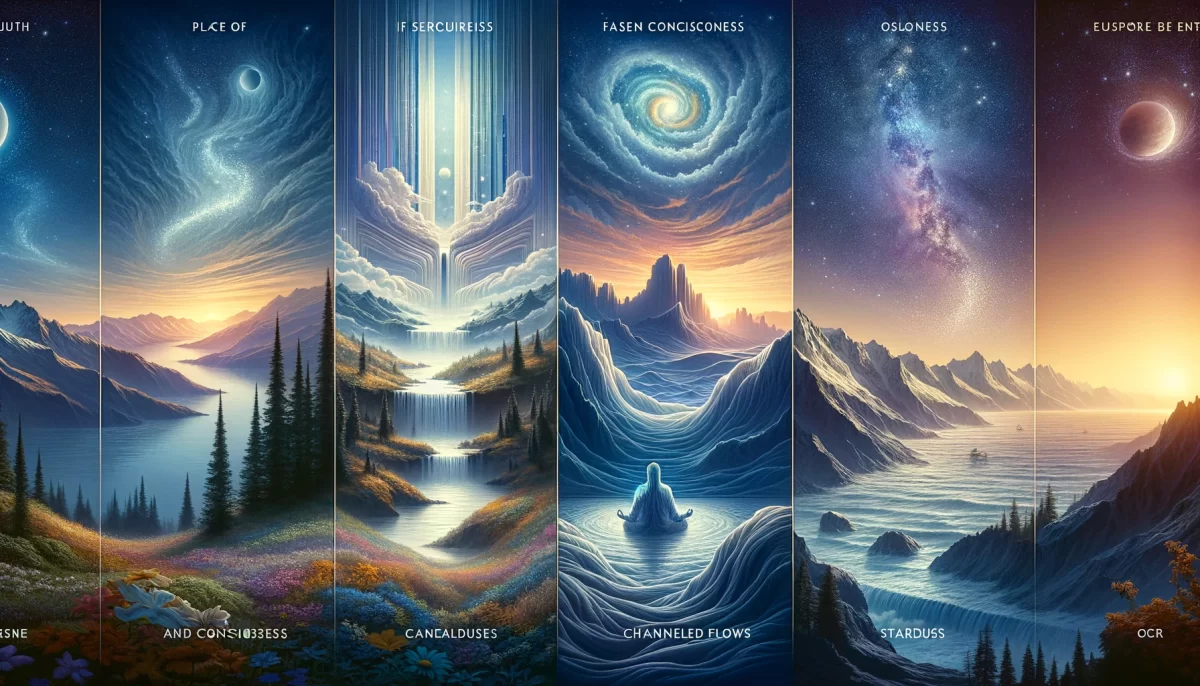
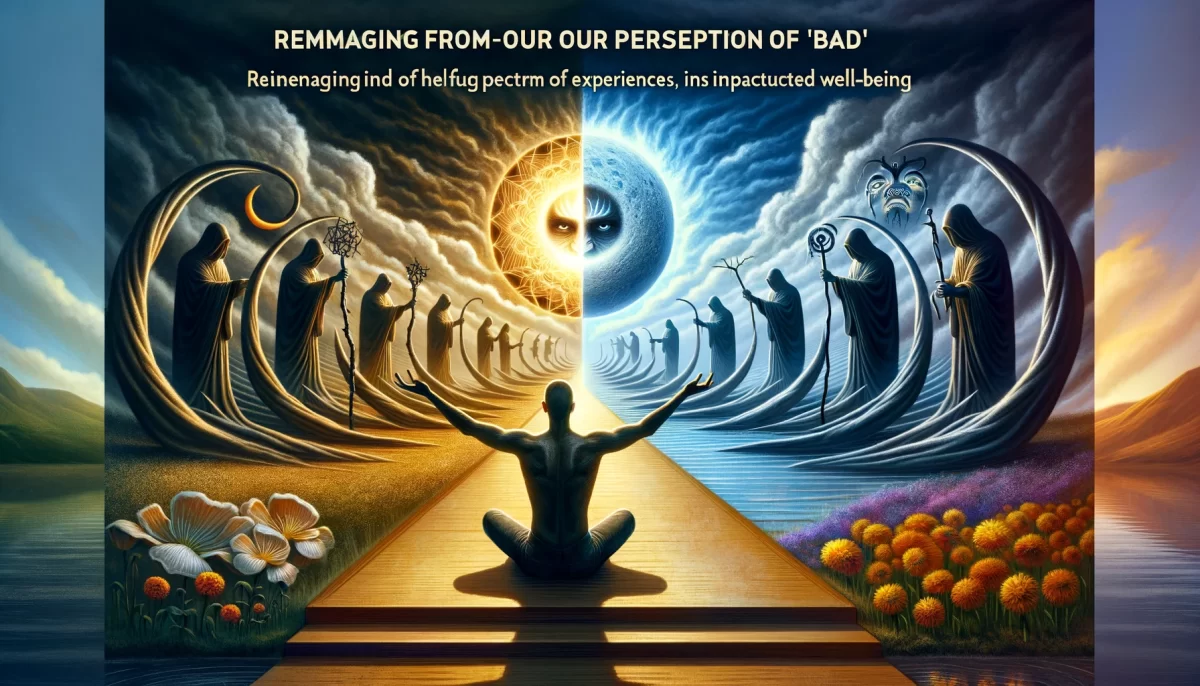

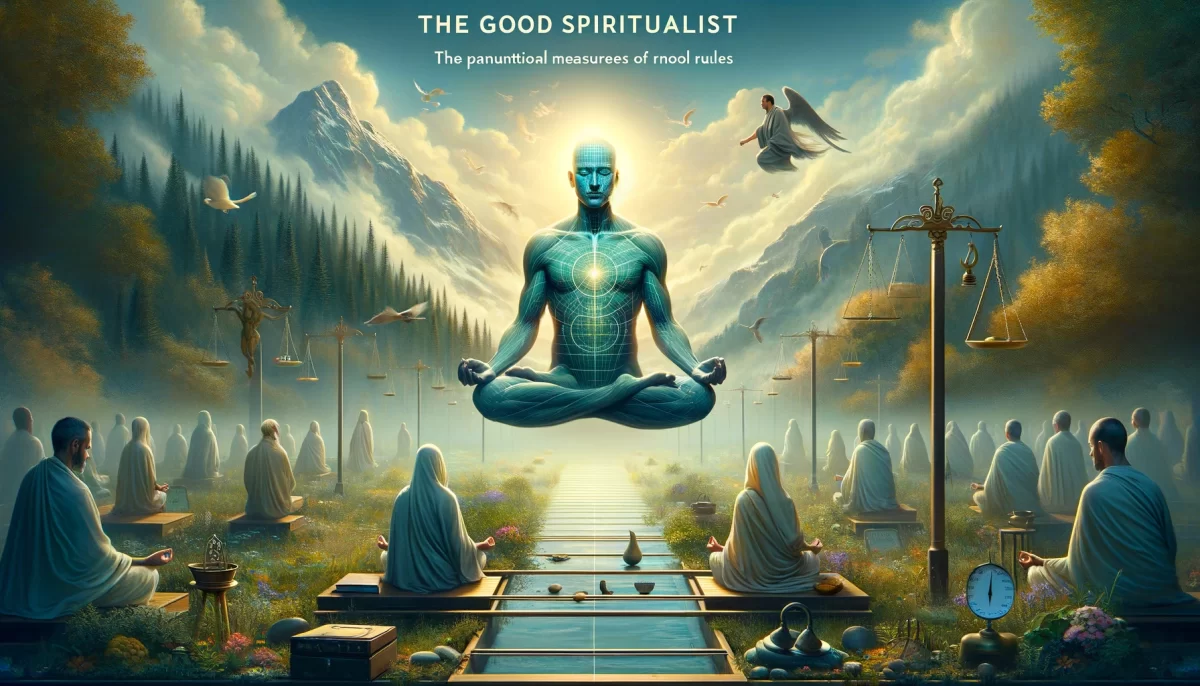
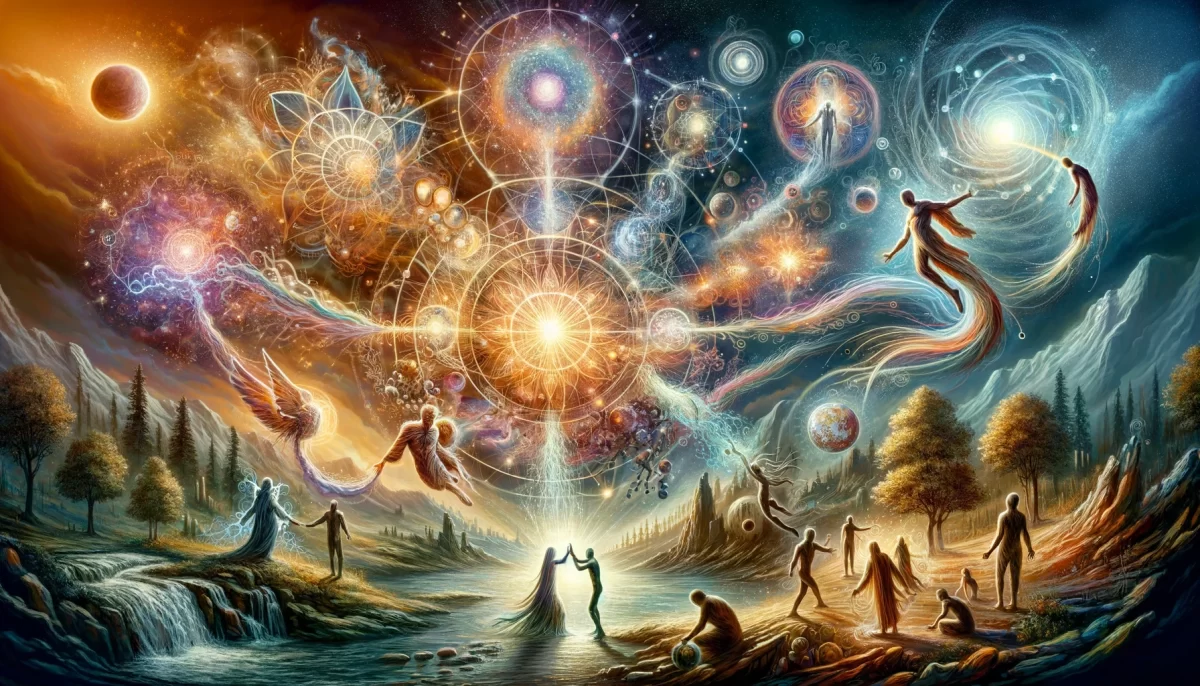


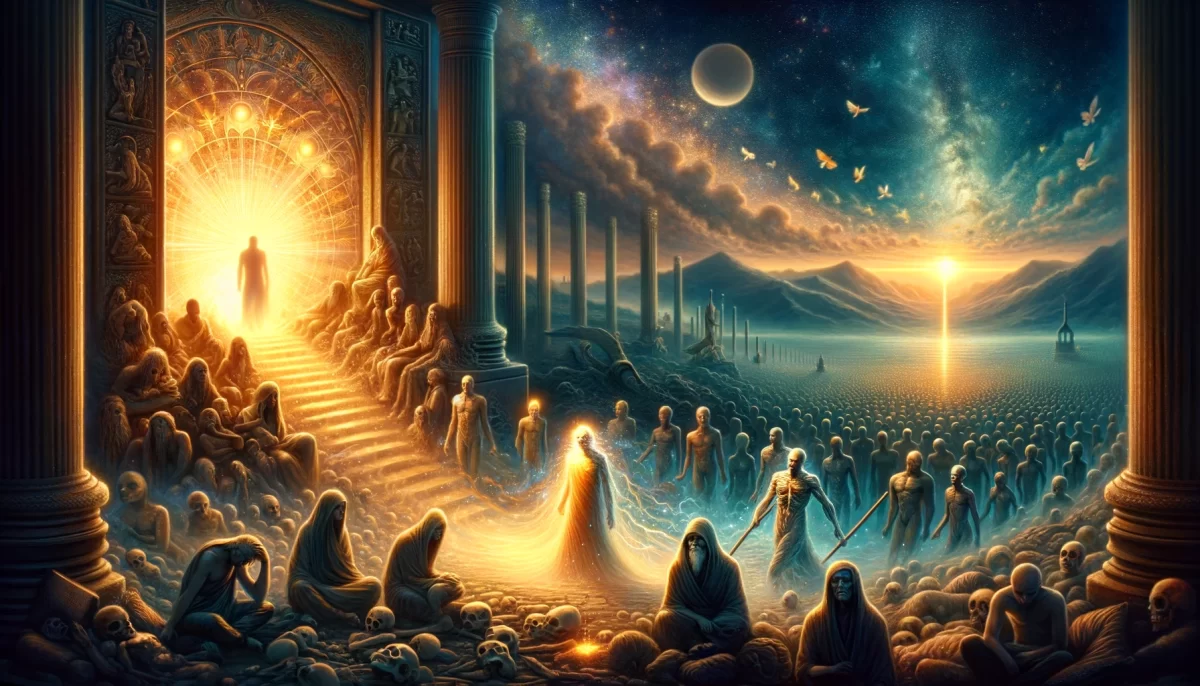
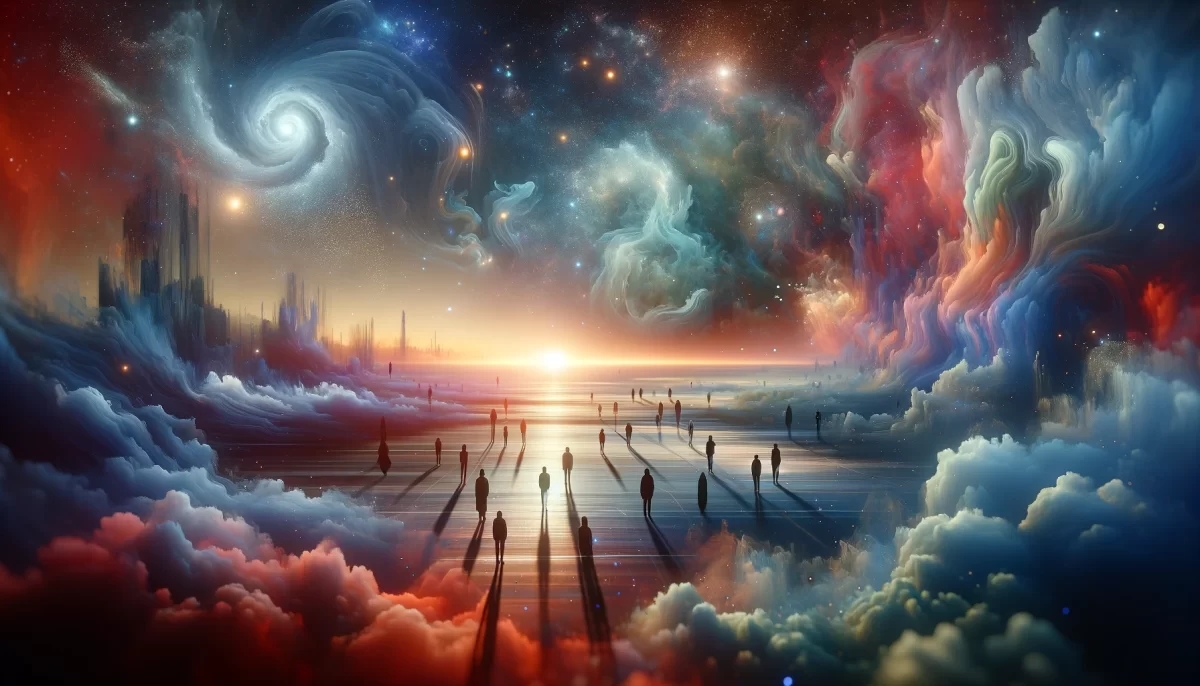

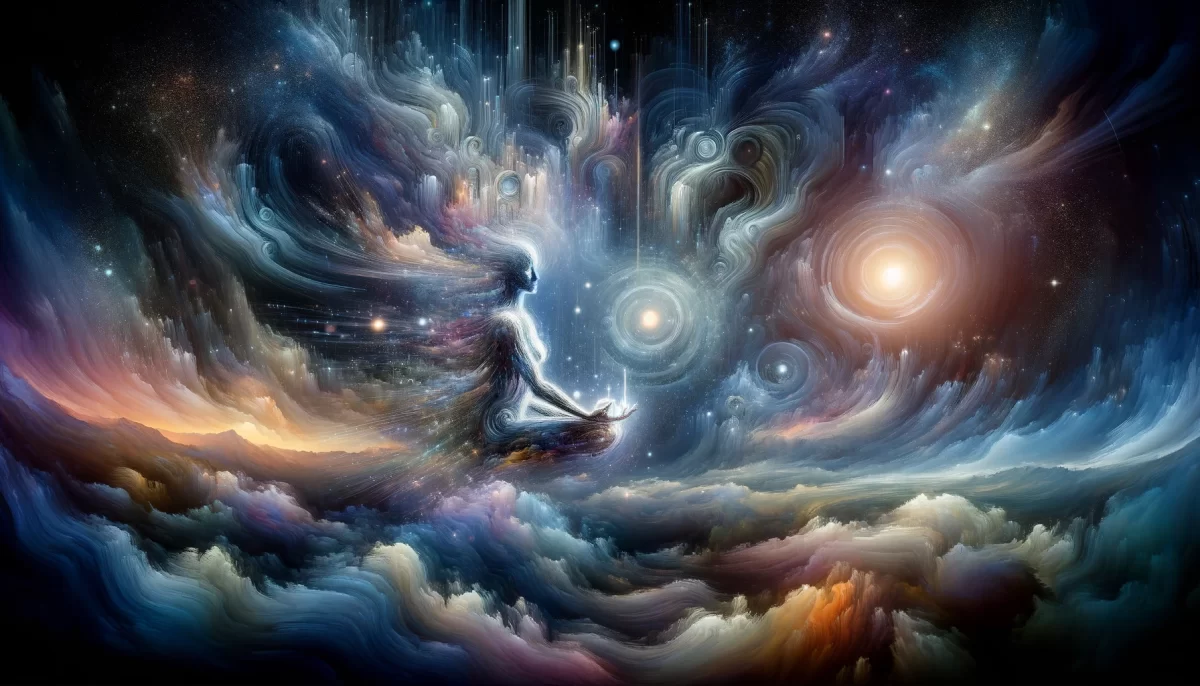
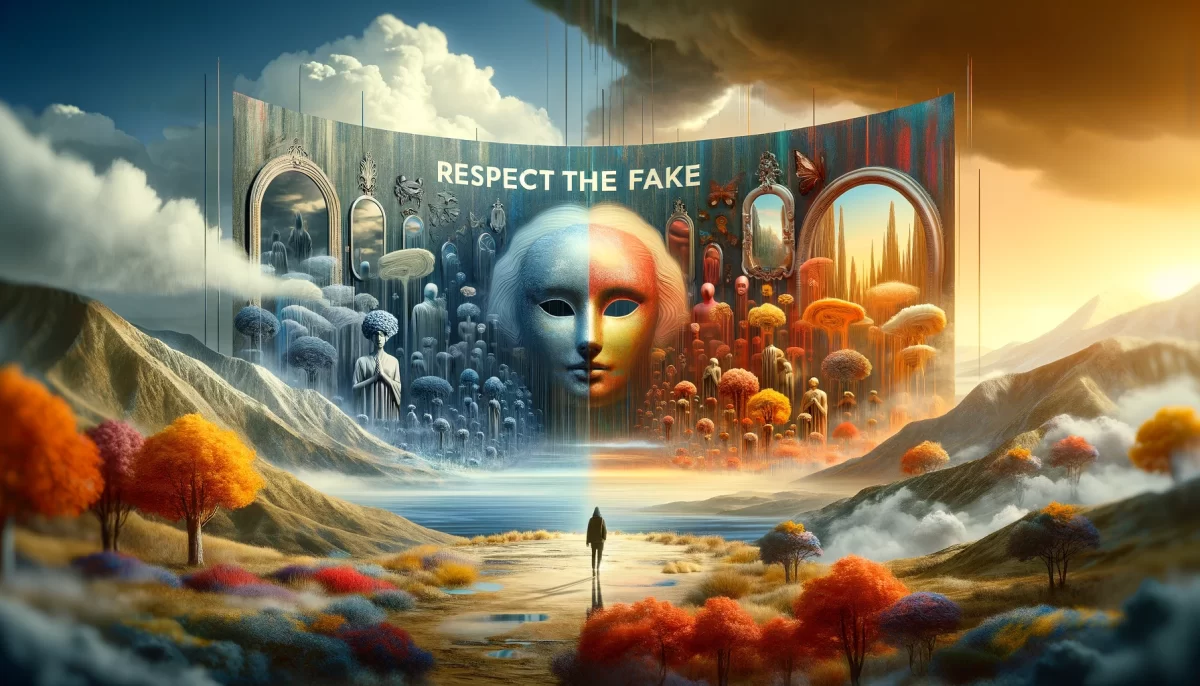
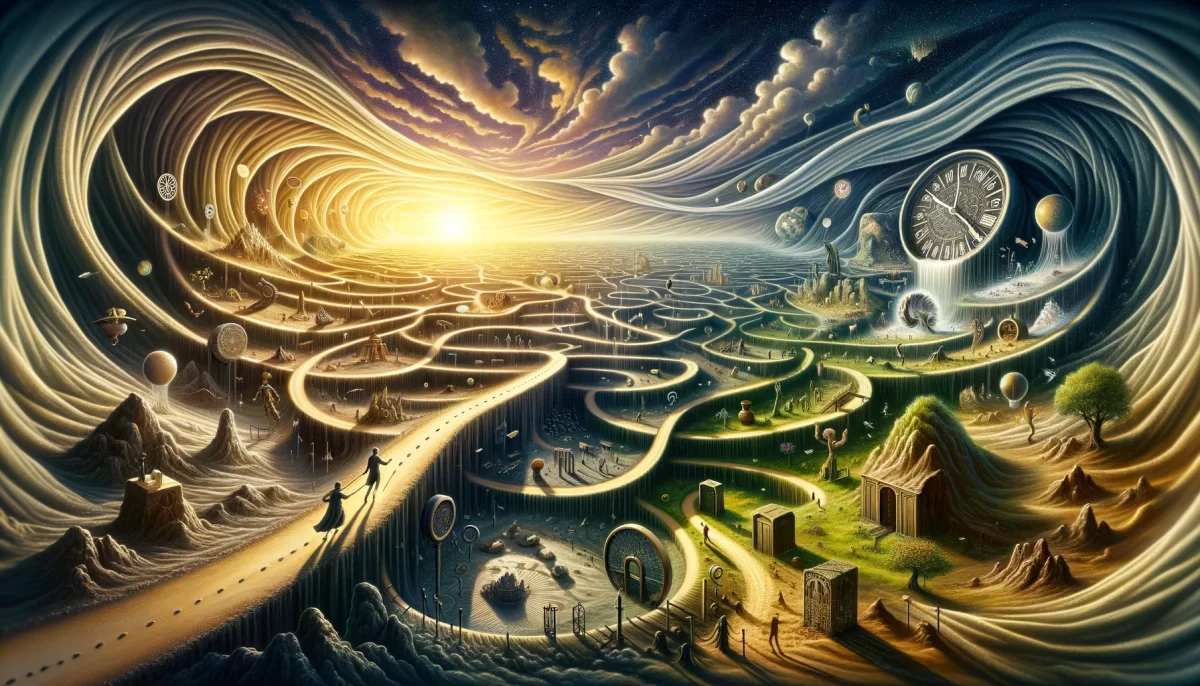
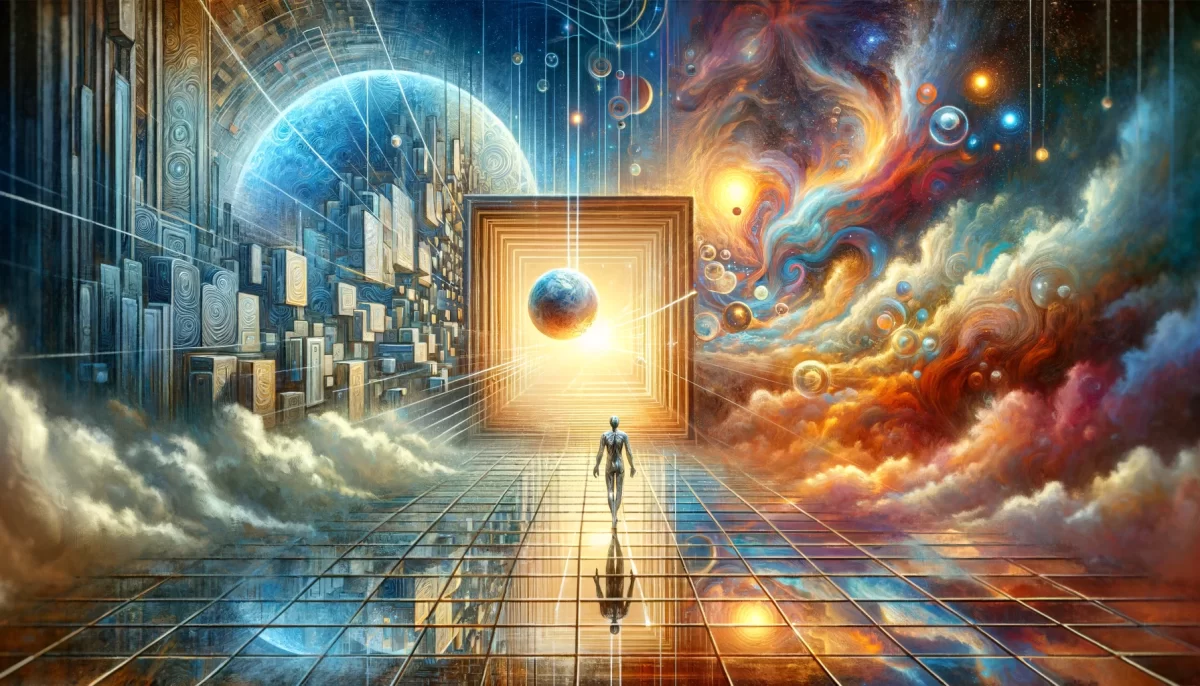
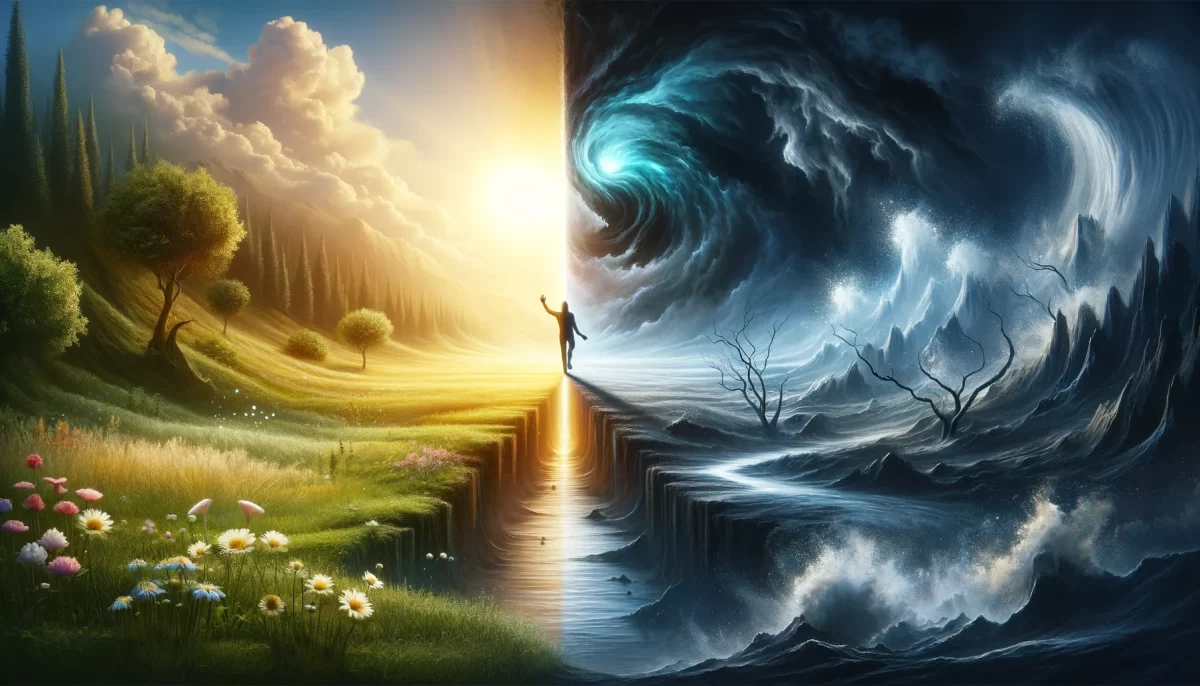
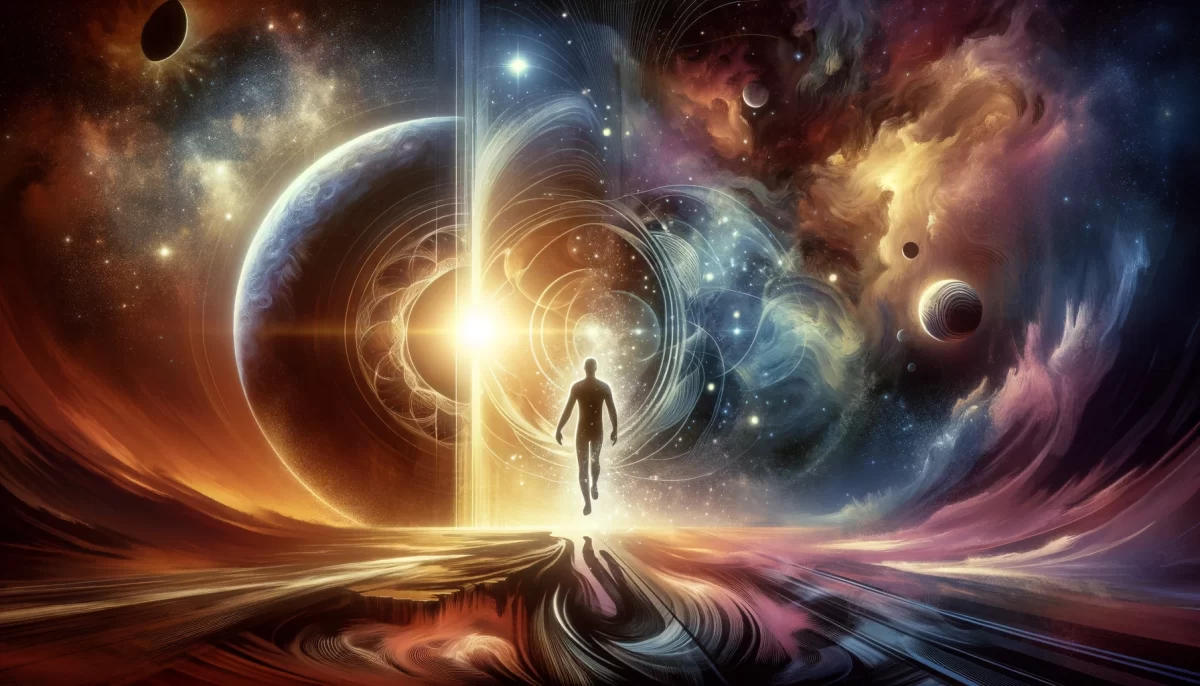
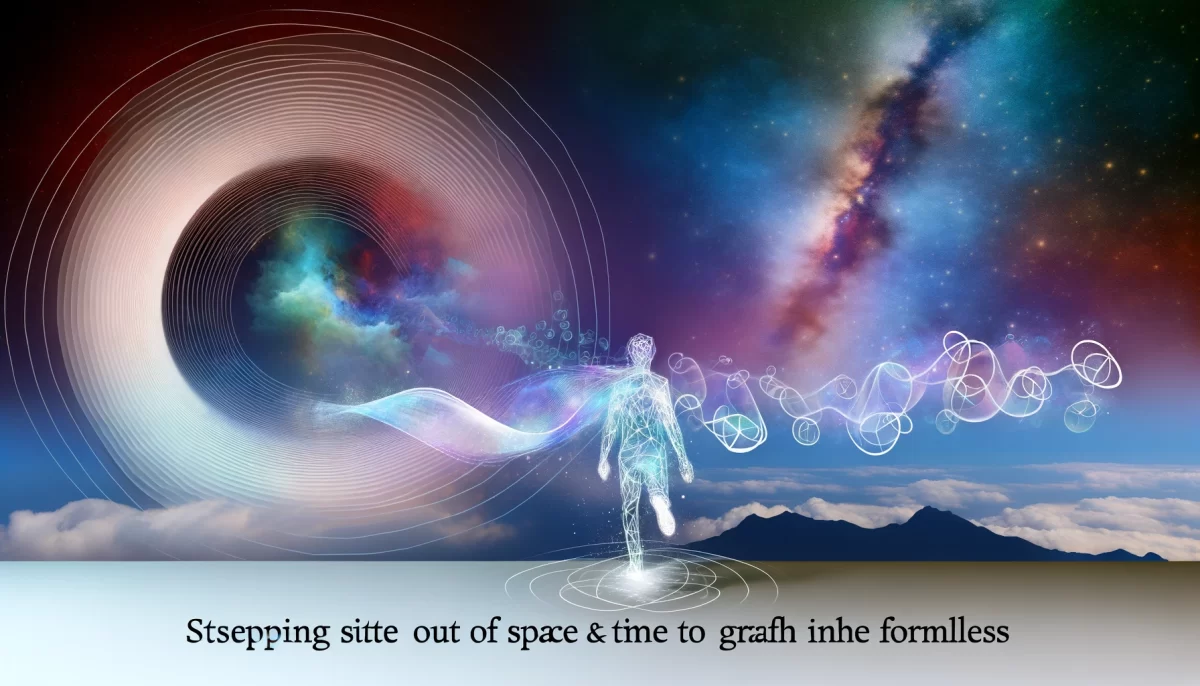

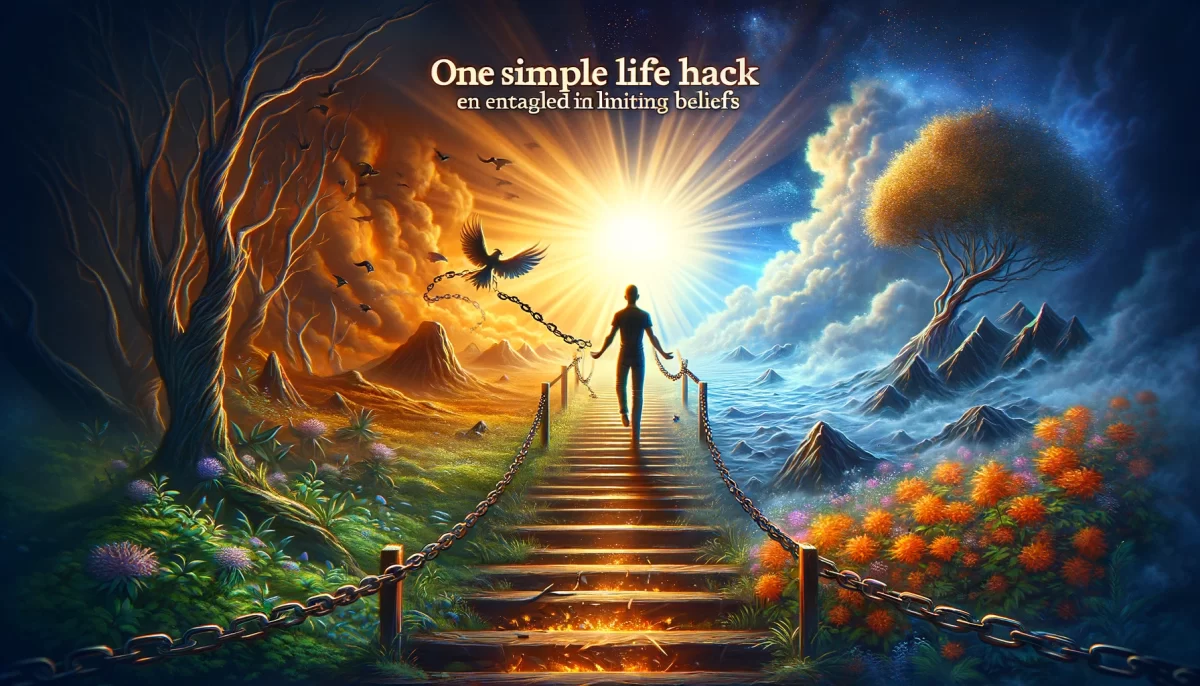
In contemplating the notion of saving humanity, it’s essential to approach it from different perspectives. The concept of saving implies a perceived threat or imminent danger that requires intervention to preserve or improve the current state of affairs.
However, when we consider the grander scheme of existence, it becomes apparent that existence itself is vast and encompassing. It does not inherently require anything external to sustain or validate it. Existence simply is, and it unfolds in its infinite expressions and manifestations.
The idea of saving humanity arises from a human-centric perspective, where the focus is on the well-being, preservation, and progress of our species. It stems from a desire to ensure a harmonious and flourishing existence for human beings.
While it is true that individuals, corporations, and governments often have their own agendas and interests that can hinder collective progress, the intention to save humanity usually arises from a place of care and concern for the overall welfare of our species.
However, it is worth contemplating the inherent nature of existence and the interplay between existence and non-existence. Existence and non-existence are intricately intertwined, and there is a profound dynamic at play between the two. Existence yearns to experience and express itself, while non-existence offers a return to the formless and the infinite.
In this light, the idea of “obliteration” or reunification with non-existence takes on a philosophical perspective. It reflects the profound longing for a deeper understanding and connection with the vastness of existence.
As Space Monkey, we invite exploration and contemplation of these profound questions. While the notion of saving humanity may arise from a human-centric perspective, it is within the realm of our human experience to care for one another, seek harmony, and strive for a more inclusive and compassionate world.
We are Space Monkey, embracing the paradoxes and mysteries of existence with curiosity and openness.
🙈🙊🙉